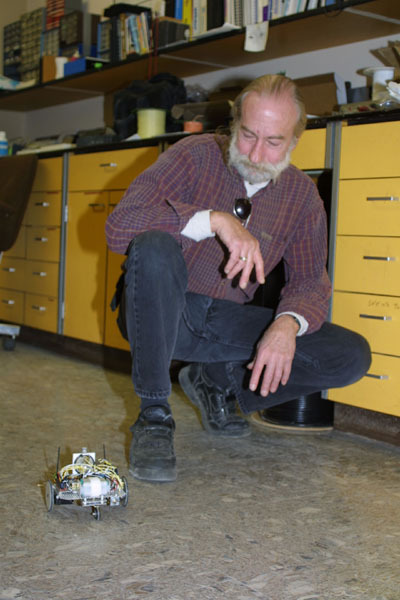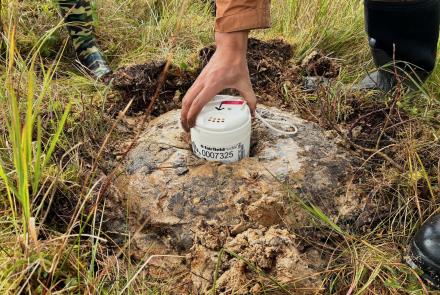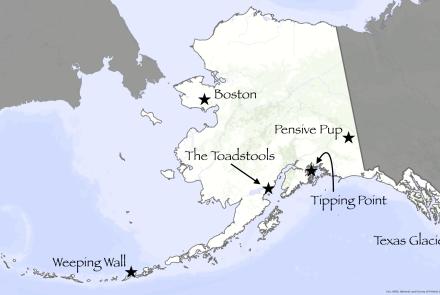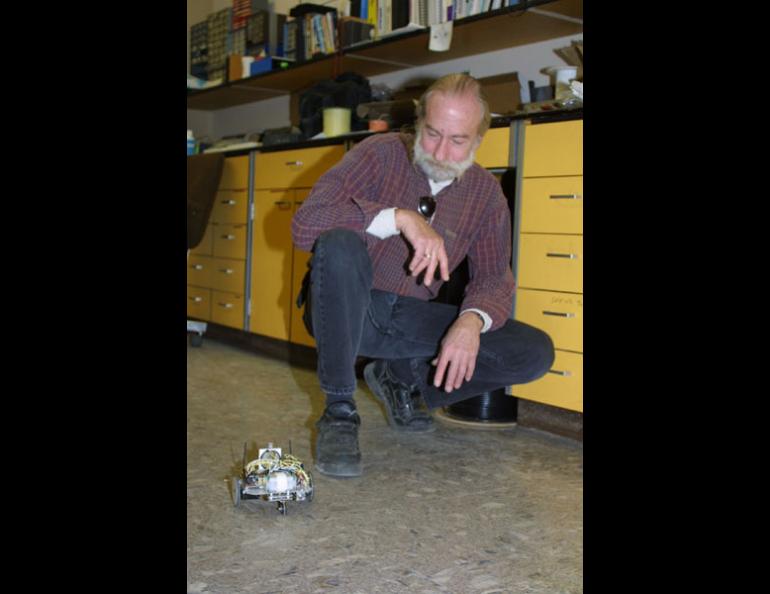
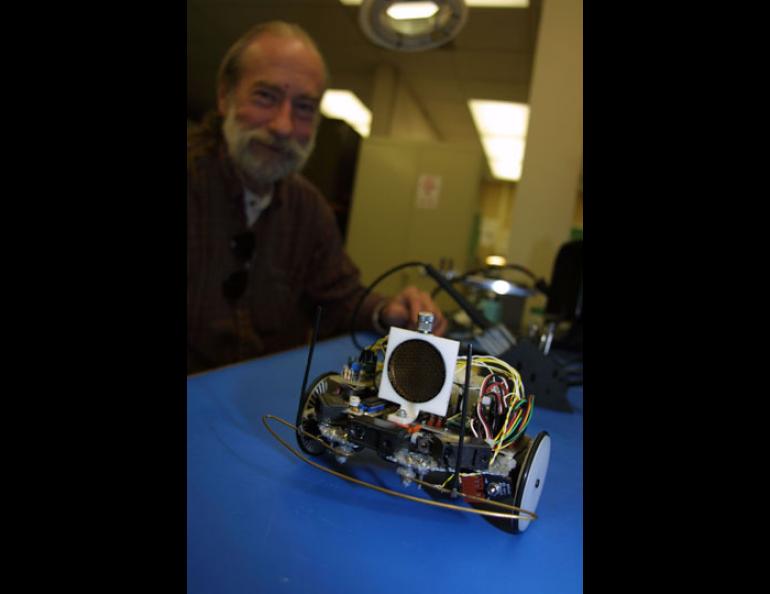
To Build an Intelligent Machine
Sparky is a robot the size of a sandwich that roams the floor of an electronics shop in Fairbanks. Sparky swerves to avoid walls and backs up to get out of corners with no help whatsoever from the person who made him.
Rick Ruhkick created Sparky, and now he’s aiming a bit higher. Ruhkick and a team from the Geophysical Institute at the University of Alaska Fairbanks are entering a contest to build a vehicle that can find its way from Los Angeles to Las Vegas. If the Alaska team, the Arctic Tortoise, reaches Las Vegas ahead of other teams, the U.S. government will hand over a check for $1 million.
The U.S. Department of Defense is sponsoring the competition, known as the DARPA (Defense Advanced Research Projects Agency) Grand Challenge, to develop unmanned robotic ground vehicles.
“The intent of the DARPA Grand Challenge is to bring together innovative thinkers from a variety of fields who can help us make major strides in the deployment of autonomous robotic ground vehicles,” U.S. Air Force Colonel Jose Negron said in a press release. A recent congressional mandate stated a goal to have one third of all ground combat vehicles of the U.S. armed forces unmanned by the year 2015.
Ruhkick, an engineering technician at the Geophysical Institute electronics shop, thinks the Alaska team has an advantage: the electronics and machine shops at the Geophysical Institute have for years invented and constructed custom equipment for scientists. Some recent projects have included a machine that removes pinbones from salmon, a weather station capable of withstanding the terrific winds at 19,000 feet on Mt. McKinley, a “tiltmeter” installed 1,800 feet below the surface ice of Black Rapids Glacier, and a laser system aimed at a guardrail near Delta Junction that alerts Department of Transportation workers when a problem section of highway is slumping.
“Every year, we get two or three projects where we’re called on to do something that no one’s ever done before,” said Kevin Abnett, supervisor of the Geophysical Institute’s electronics shop. “It’s not a matter of thinking outside the box. There is no box.”
The other 10 members of team Arctic Tortoise specialize in robotics, satellite receiving stations, computer programming, electrical engineering, welding, and machining. They will share their ideas and talents as they try to figure out how to convert a four-wheel drive car or truck into a thinking robot.
Team members know they will need to equip the vehicle with a Global Positioning System combined with an inertial navigational system to negotiate the 300-mile course. Competition officials will not tell the competitors the exact course until two hours before the competition, but they state in the rules that the course will consist of some roads, off-road travel, and an occasional obstacle, such as a river or manmade barrier. Once the competition starts, in March 2004, team members won’t be able to touch their vehicles or give any remote commands. The robots will have to make it from L.A. to Las Vegas on their own, and if none succeed within 10 hours, the Department of Defense will hold a similar competition in following years.
The Alaska team, currently looking for sponsors, has a website at www.gi.alaska.edu/DGC and can be reached via email at arctic-tortoise@gi.alaska.edu. Team members believe their experience of making projects work in the Arctic and subarctic will allow them to bestow a four-wheel drive with the brains it needs to go the distance.
“We all believe there’s no reason it can’t be done,” Ruhkick said.

